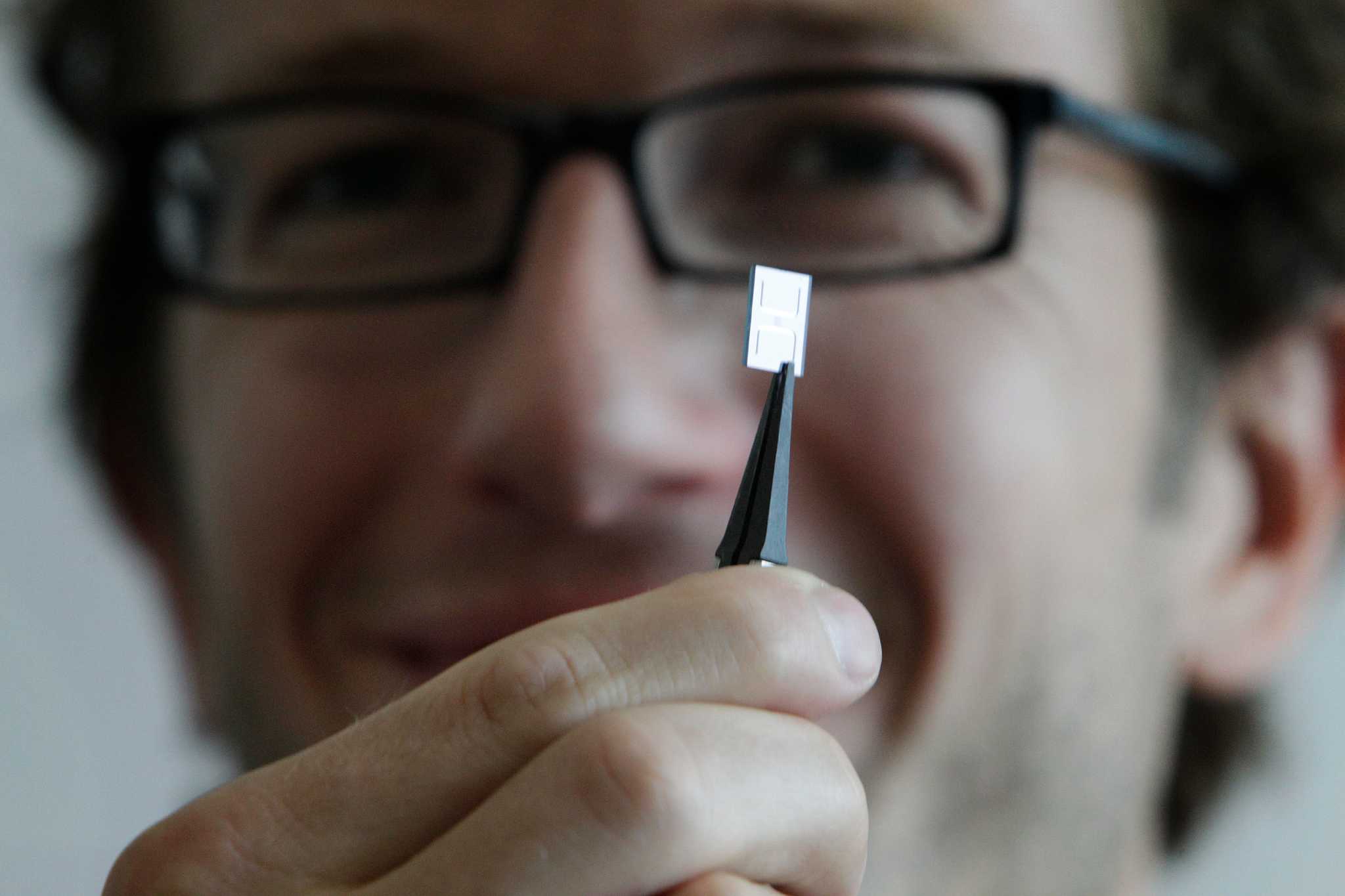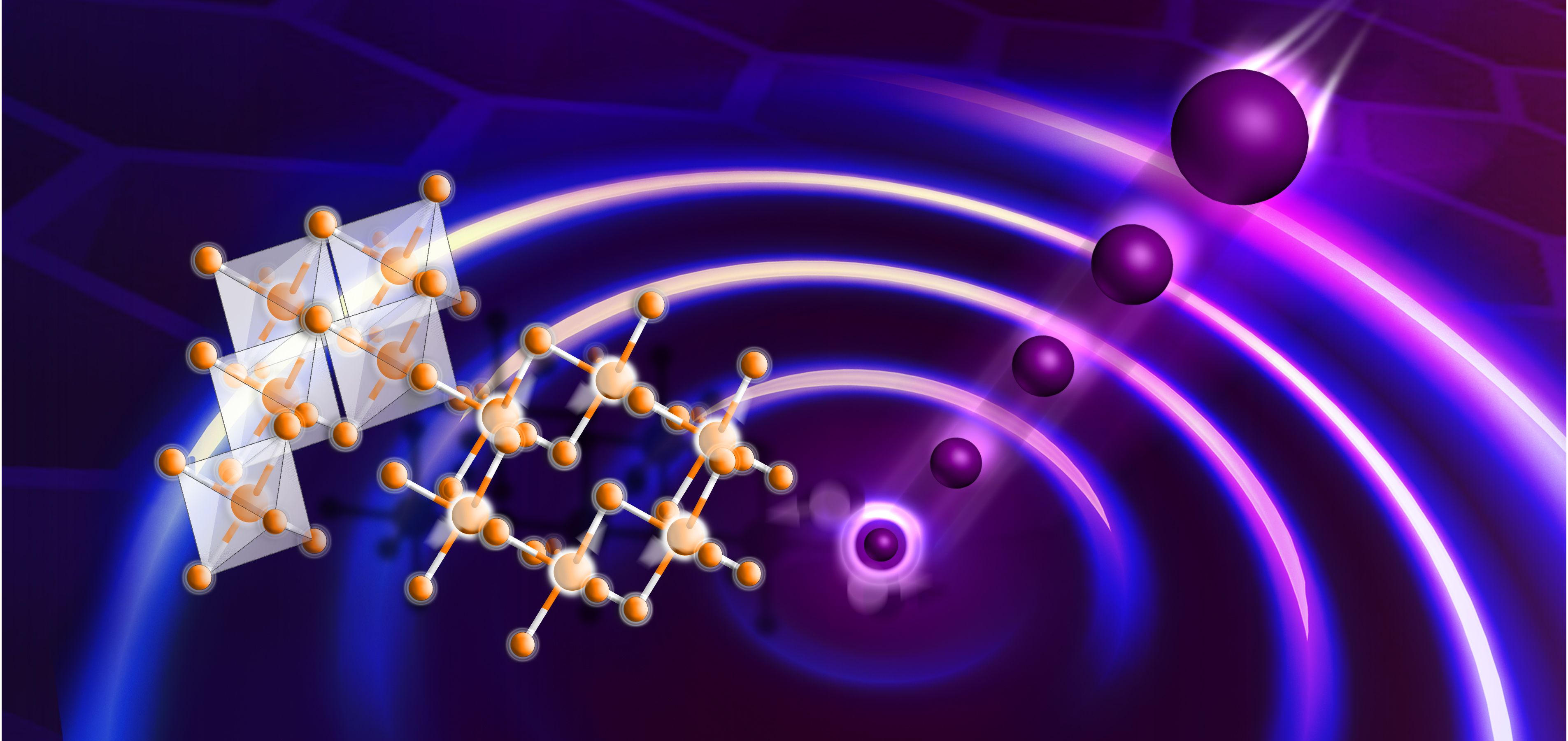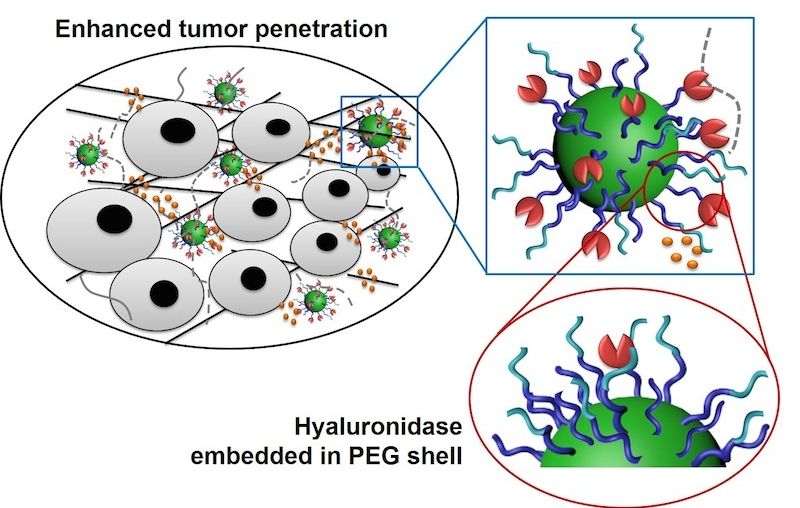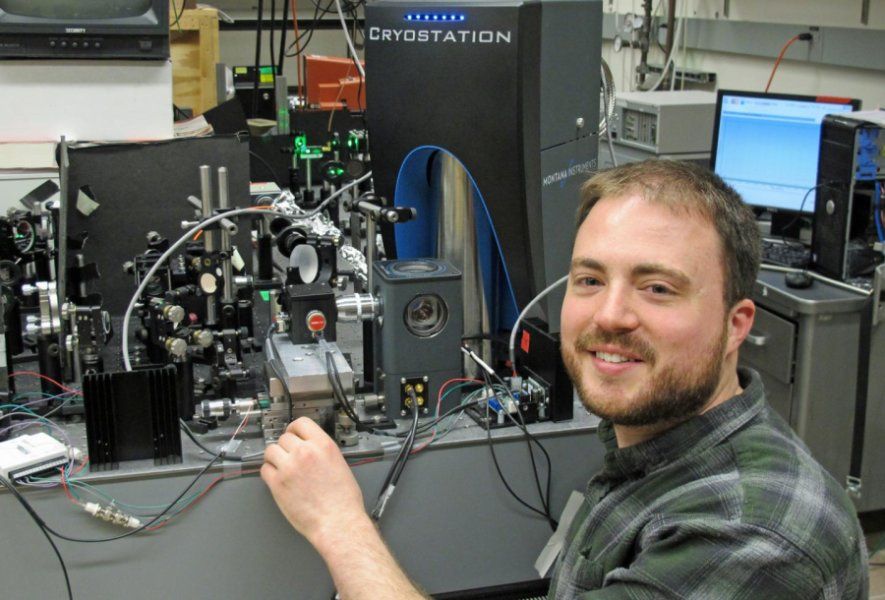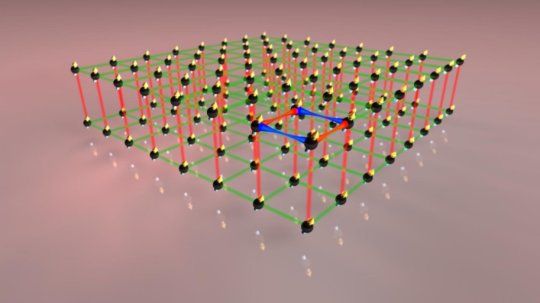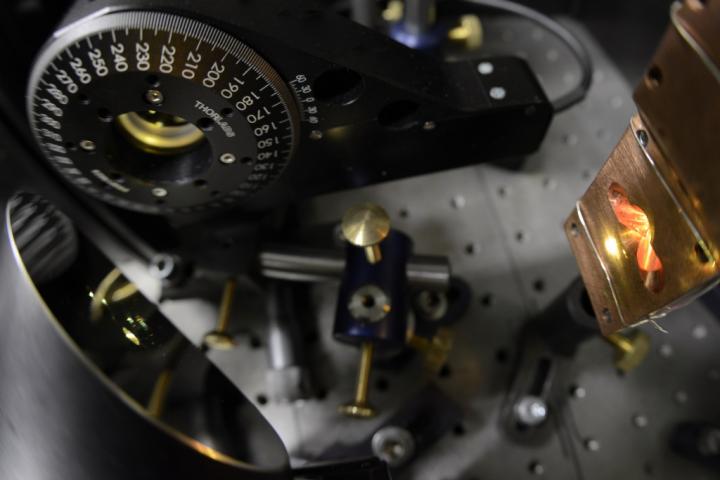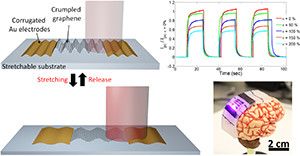Apr 11, 2016
DARPA wants ‘shape-shifting’ vaccines that evolve with viruses
Posted by Karen Hurst in categories: biotech/medical, genetics, life extension, particle physics
DARPA taking on the designer viruses and resistant fighting viruses that we hate. Who knows; they may finally find the fountain of youth in the process.
Vaccines are great, but they’re no match for most viruses in play at any given time. This is due largely in part to the ever-changing nature of viruses and the expense and difficulty in developing new vaccines to target them. DARPA wants that reality to change, citing the numerous concerning viruses, past and present, that affect humanity. Under the “INTERCEPT” program, DARPA seeks “shape-shifting” vaccines that adapt to kill off viruses as they evolve.
One of the biggest virus scares at the moment is the zika virus, but ebola was just recently a big issue and other viruses, including influenza and dengue, are a continuous problem. Once someone is infected, the virus is able to “mutate and morph as they reproduce inside their hosts,” says DARPA, making any vaccines quickly obsolete. If the agency’s new INTERfering and Co-Evolving Prevention and Therapy (INTERCEPT) program proves successful, though, things will change in a big way.
Continue reading “DARPA wants ‘shape-shifting’ vaccines that evolve with viruses” »

